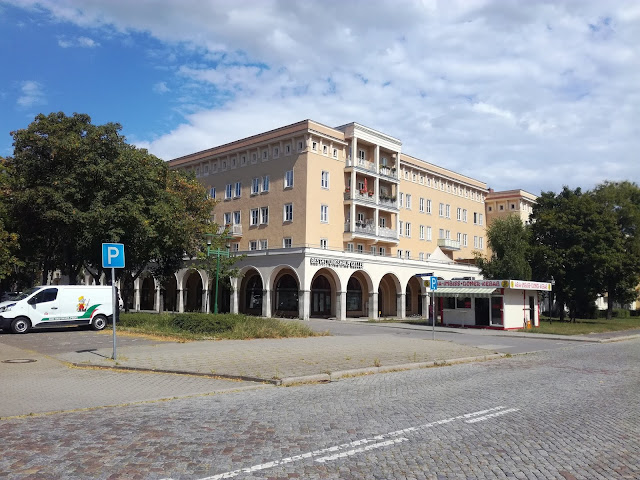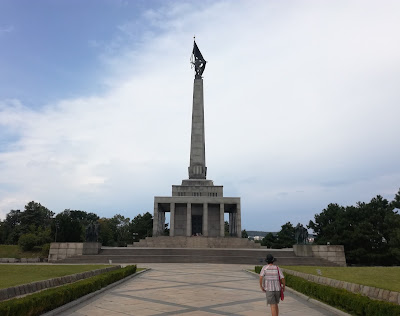Today is our last full day in Belgium, having spent a brief while in each of the Netherlands, Germany and Denmark. From now on we're going to more or less hang out in France until our return. This might be the last time I can be bothered writing anything here, since while we enjoy France it's hardly new territory for us.
The North has been noticeable by how much more expensive it has been, especially buying food and drink. Often Alison and I have simply declined to have a sit-down meal or a quiet beer based on our refusal to pay the sort of money they are costing. The $50 lunches, with $12 beers, at restaurants in inner Bruges for instance suddenly made me considerably less hungry.
The train trips have been quicker, more crowded and with sealed windows, so taking photos is largely useless. We flew Copenhagen to Amsterdam, because it was as cheap as the trains and far quicker. There's only so much I can take of the plains of northern Europe anyway – they're not particularly exciting.
The rest has been pleasant, but largely as I expected, as I've been through this area before, albeit more quickly.
Hamburg was a pleasant surprise, as a city without great reputation as a tourist venue – we did three days there and could have done more. I always knew it was one of the world's great ports, but I had no idea just how maritime it is, with canals and lakes across downtown.
Copenhagen was easily the cleanest place we visited, and probably the most expensive. We largely went there for Alison, although I was keen to take the train over the bridge to Sweden and revisit my old school in Lund for pure nostalgia's sake.
Copenhagen was easily the cleanest place we visited, and probably the most expensive. We largely went there for Alison, although I was keen to take the train over the bridge to Sweden and revisit my old school in Lund for pure nostalgia's sake.
Amsterdam was the most disappointing – very crowded and while the shops weren't as full of souvenirs as say Venice, we didn't find sex shops, brothels and dope bars to be any more interesting. The houses along the canals are sweet, but after an hour they start to look very samey. I suppose if I had wanted to see Van Goghs or Rembrandts the museums might have been more interesting, but I saw them the last time I visited.
Luckily we only did Amsterdam as a day trip, as we were were based in Utrecht. It was much nicer there, if only because less busy, and the canals and their houses just as interesting.
Belgium was more varied than the Netherlands. We avoided Brussels, and visited Bruges and Ghent. Each was fine, but we're starting to overload on cute medieval cities. The coast was a pleasant change, and luckily we had a good day to see it. They run a tram along the whole coast and a day pass isn't too expensive, so you can travel along and see the various towns quickly and easily. We really like de Haan, in particular.
One thing we have enjoyed in this part of the world though is some really good modern architecture – domestic, commercial and municipal. They aren't afraid to build bold buildings, and have the money to do so.
One thing we have enjoyed in this part of the world though is some really good modern architecture – domestic, commercial and municipal. They aren't afraid to build bold buildings, and have the money to do so.




















